
Oil prices fell more than a percent on Wednesday as a report showing a surge in U.S. crude stocks, rising production in Nigeria and squabbling among producers about a planned output cut re-ignited concerns about a global supply glut.
Brent crude futures were down 61 cents, or 1.20 percent, at $50.18 a barrel as of 0417 GMT. Prices hit $50.17 earlier in the session, the lowest in about three weeks. U.S. crude was at $49.27 per barrel, down 69 cents, or 1.38 percent, from its settlement on Tuesday.
“Crude is on the defensive this morning following American Petroleum Institute (API) inventory numbers showing a rise of 4.8 million barrels against an expected rise of 1.7 million,” said Jeffrey Halley, senior market analyst at brokerage OANDA in Singapore.
Official data by the Energy Information Administration (EIA) is due later on Wednesday.
“EIA crude inventory figures will be closely watched tonight. A large jump in inventories will no doubt see crude pushed lower again,” Halley said. The oil market is also keeping an eye on U.S. currency movements for trading cues.
The dollar hit a nine-month peak overnight against a basket of currencies, underpinned by expectations U.S. rates will rise by the year-end, making commodities priced in the greenback expensive for holders of other currencies.
“Technical resistance with Brent above $50 might (also) be driving some activity,” said Michael McCarthy, chief market strategist at Sydney’s CMC Markets.
According to a Reuters market analyst, Brent could drop further to $49.67, the next support level.
Traders said squabbles within the Organization of the Petroleum Exporting Countries (OPEC) about a planned output cut later this year were weighing on oil markets too.
Other OPEC-members, including Libya and Nigeria, are likely to be exempt from cutting production, while Iran and Venezuela and Indonesia are also unlikely to reduce output.
Royal Dutch Shell has resumed crude exports from the Forcados terminal in Nigeria’s restive Niger Delta following repairs after a militant attack, the Nigerian presidency said late on Tuesday.
Unless non-OPEC production giant Russia joins the effort, that leaves the onus of a potential cut with Arab producers in the Middle East like Saudi Arabia, Kuwait and the United Arab Emirates (UAE).
Source: reuters.com


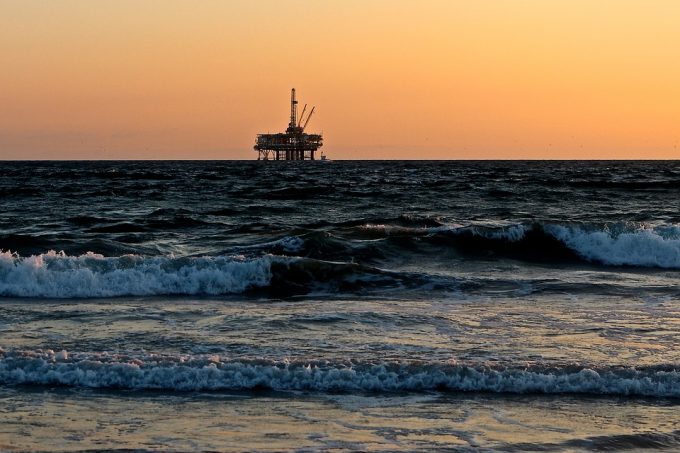


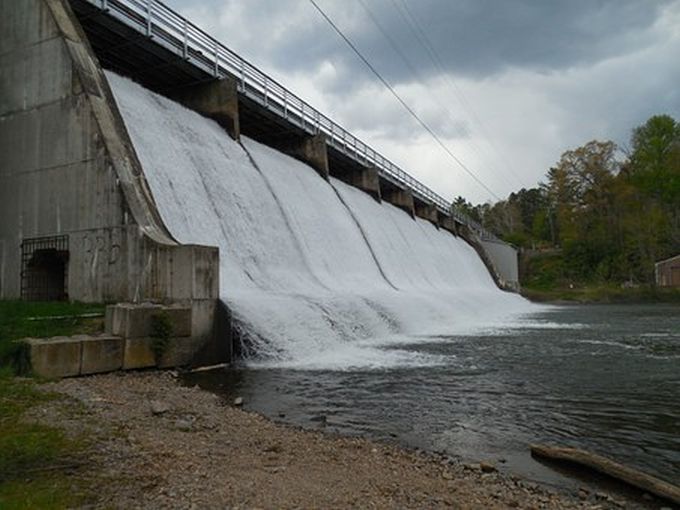
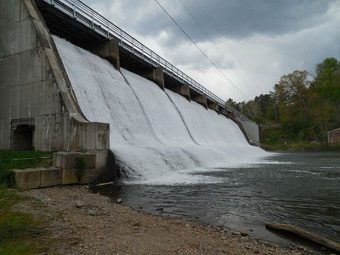




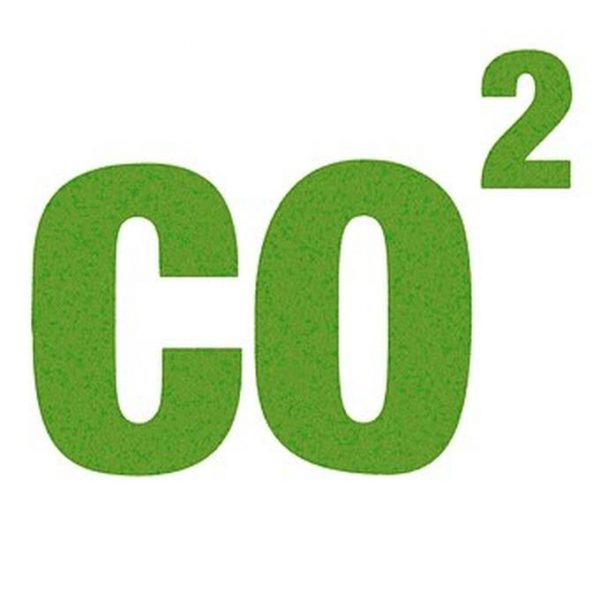










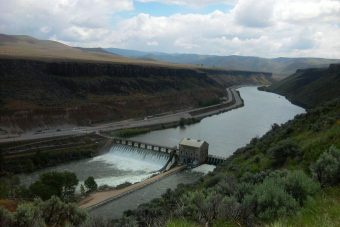



 PepsiCo, Inc. announced an ambitious global sustainability agenda designed to foster continued business growth in a way that responds to changing consumer and societal needs. The company’s efforts, which focus on creating a healthier relationship between people and food, include specific 2025 goals to continue transforming PepsiCo’s food and beverage product portfolio, contribute to a more sustainable global food system and help make local communities more prosperous.
PepsiCo, Inc. announced an ambitious global sustainability agenda designed to foster continued business growth in a way that responds to changing consumer and societal needs. The company’s efforts, which focus on creating a healthier relationship between people and food, include specific 2025 goals to continue transforming PepsiCo’s food and beverage product portfolio, contribute to a more sustainable global food system and help make local communities more prosperous. “PepsiCo’s journey is far from complete, and our new goals are designed to build on our progress and broaden our efforts,” Nooyi continued. “We have mapped our plans against the United Nations Sustainable Development Goals, and we believe the steps we are taking will help lift PepsiCo to even greater heights in the years ahead. Companies like PepsiCo have a tremendous opportunity – as well as a responsibility – to not only make a profit, but to do so in a way that makes a difference in the world.”
“PepsiCo’s journey is far from complete, and our new goals are designed to build on our progress and broaden our efforts,” Nooyi continued. “We have mapped our plans against the United Nations Sustainable Development Goals, and we believe the steps we are taking will help lift PepsiCo to even greater heights in the years ahead. Companies like PepsiCo have a tremendous opportunity – as well as a responsibility – to not only make a profit, but to do so in a way that makes a difference in the world.”
 Traffic in China’s cities is steadily increasing. GIZ is advising the country on how to mitigate greenhouse gas emissions and make the transport sector more climate friendly.
Traffic in China’s cities is steadily increasing. GIZ is advising the country on how to mitigate greenhouse gas emissions and make the transport sector more climate friendly.
